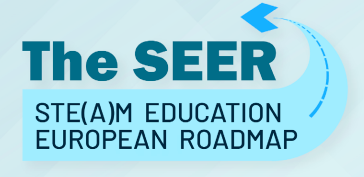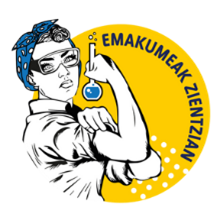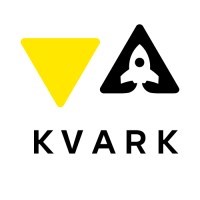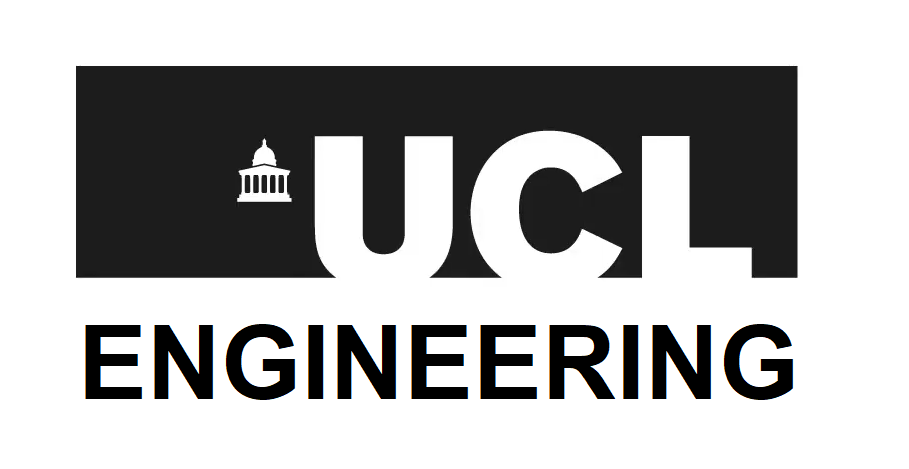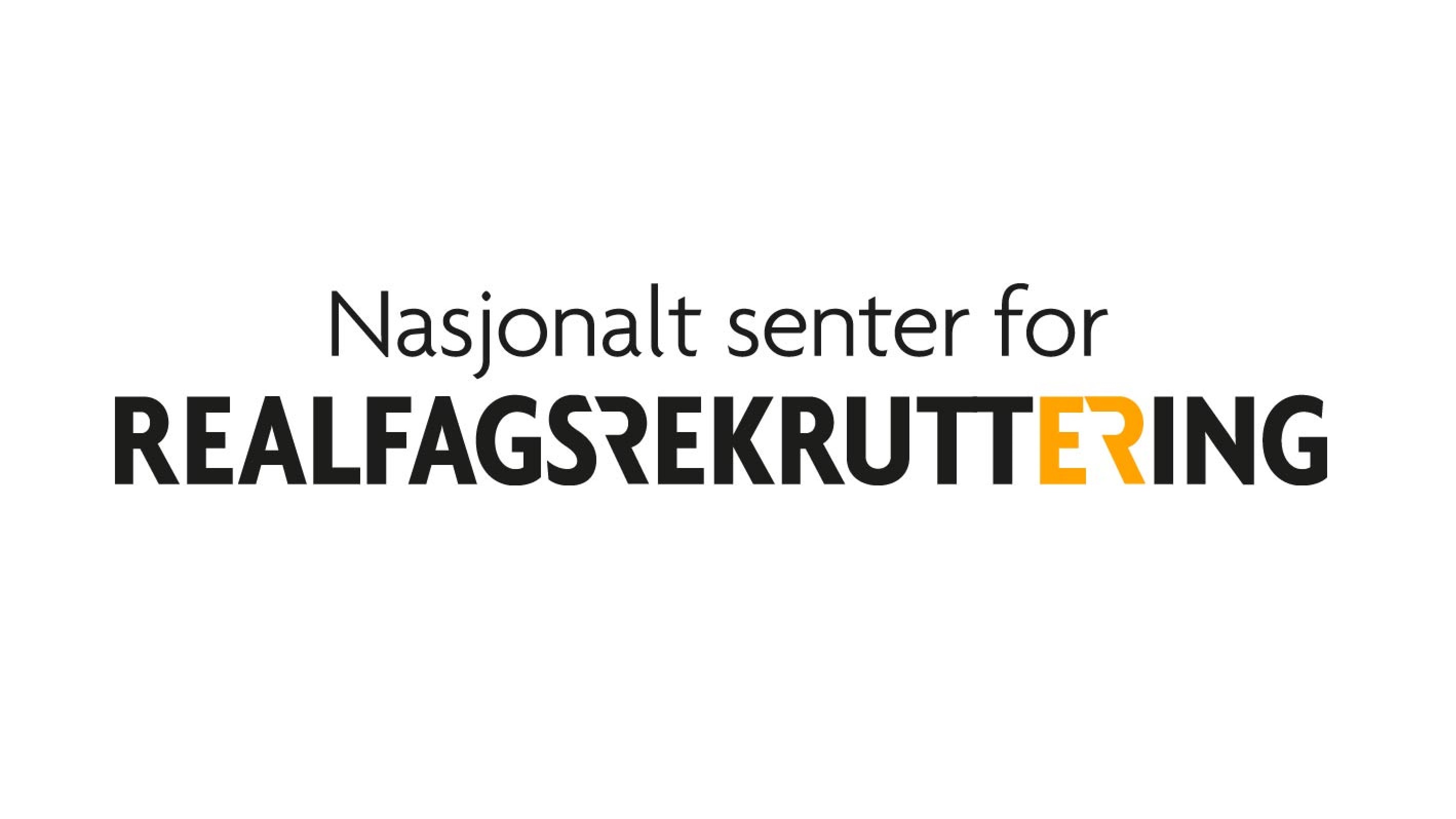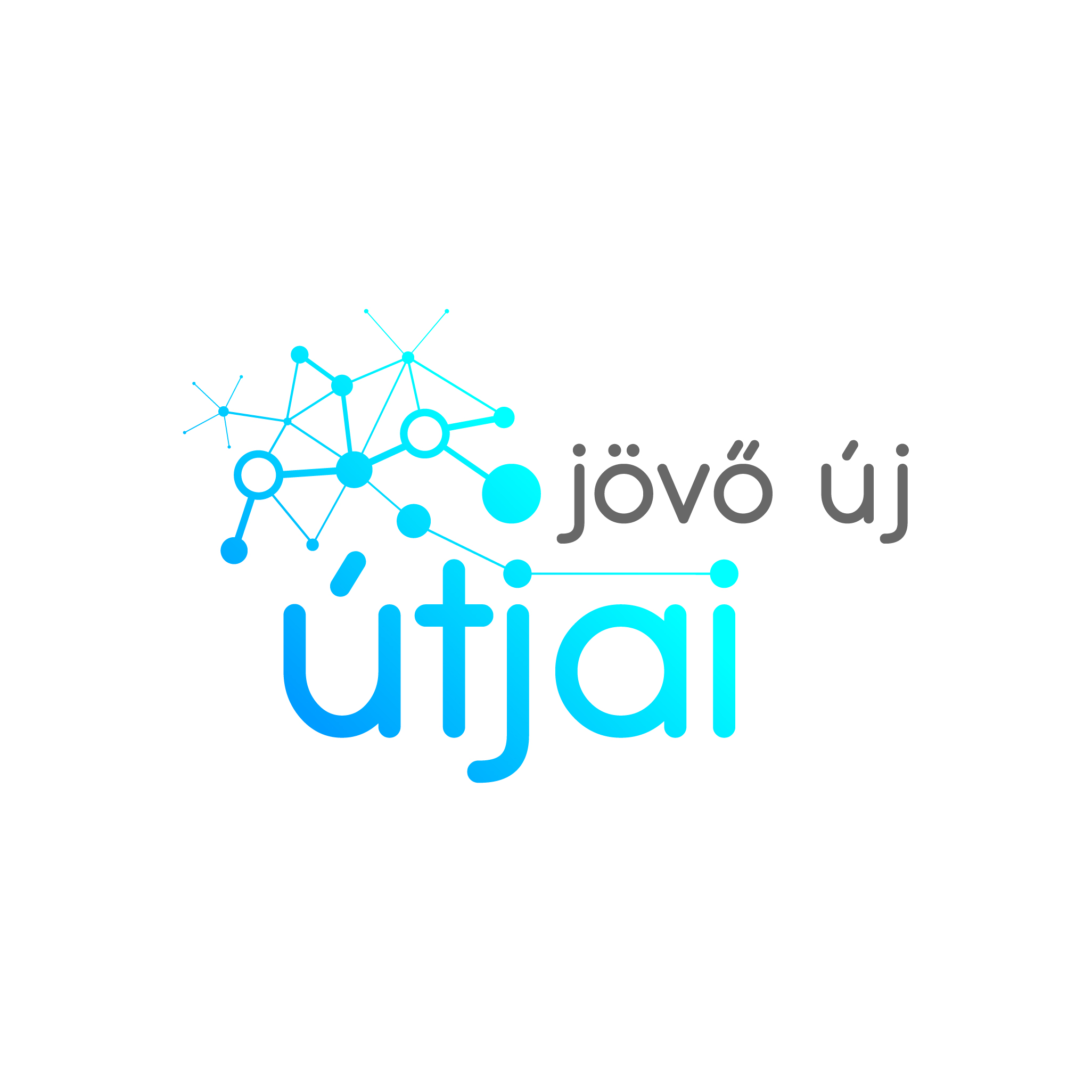ESTCube is a student satellite project and the first satellite in the world that attempted to use an electric solar wind sail (e-sail). The project aims to give students an opportunity to give their theoretical knowledge a practical output by building real-life satellites.
For every project, a team of engineers, mechanics, programmes and students is put together. With the team, a detailed plan and goals are set. For the ESTCube-1, the goal of the project was to successfully launch a student satellite. During the time in orbit, the satellite was actively used for taking images and downloading data, while students rapidly continued improving software for all subsystems. With this, the satellite was launched in 2013 and by 2014, the attitude determination and control system software reached its full functionality. In 2015, the batteries of the satellite got empty and the connection with the satellite ended.
Based on the good results from ESTCube-1, the activities continued with a new ESTCube-2 project in 2017. ESTCube-2 is a technology demonstration mission for deorbiting technology plasma break, the interplanetary propulsion system electric solar wind sail and advanced satellite subsystem solutions.
The ESTCube team is also participating in several bigger events and seminars. In addition to that, they also organize events that introduce the space technology and opportunities in the project. Every summer, the ESTCube Team is accepting summer traineeship members.
The main objective of the project is to promote space technology as a career path, by giving students an opportunity to gain practical knowledge about space technology and launch satellites that are made in Estonia. One of the goals is also to develop innovation in the field and put more emphasis in the field of research.
At the national level, the objective is to develop a research-based economy and use smart specialisation and launch more technology-based companies. Estonia faces a problem with the lack of engineers and technology developers in the near future. Therefore, it is important to bring more students to this career path.






